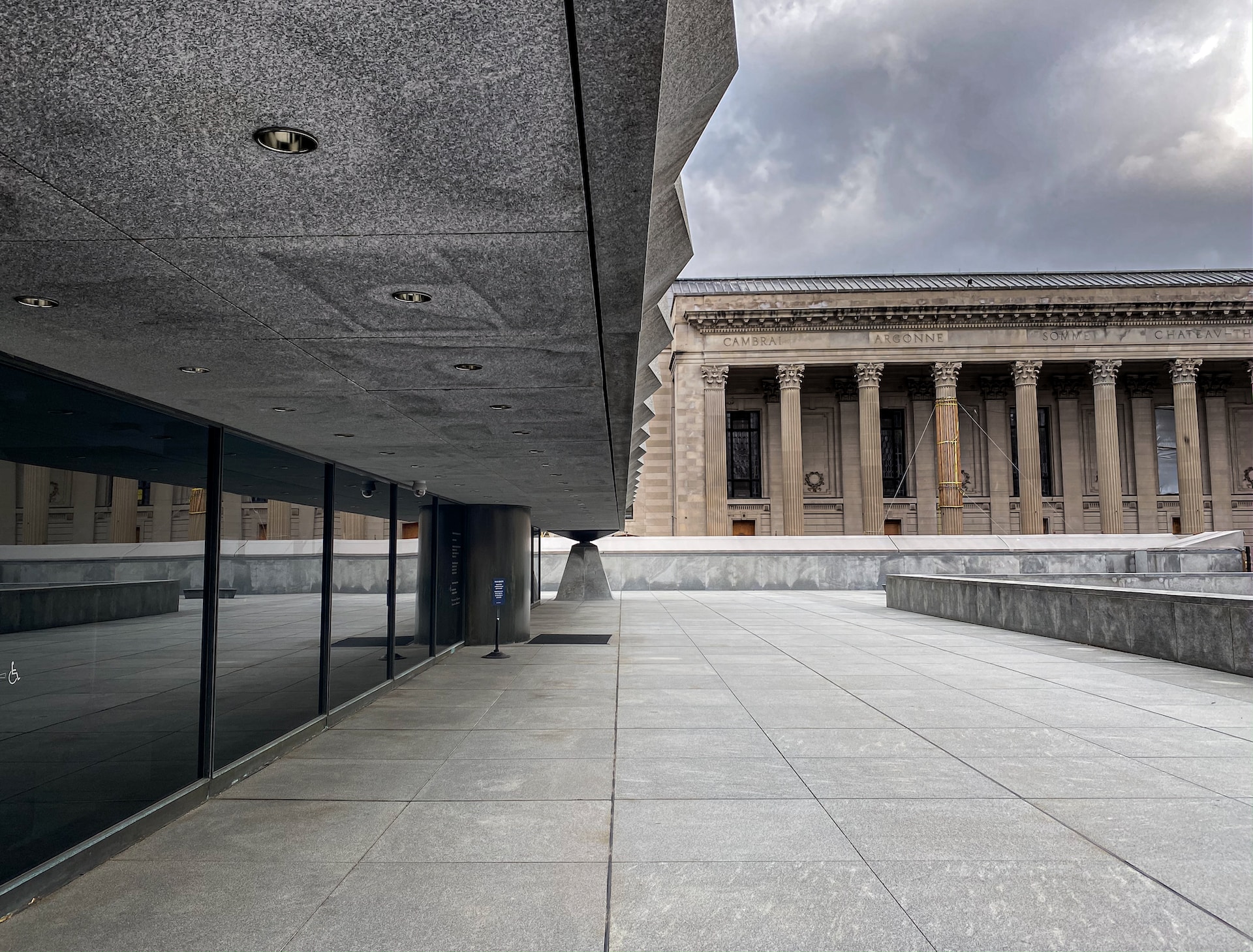Concrete flooring has become increasingly popular in both residential and commercial spaces due to its durability, versatility, and modern aesthetic. However, achieving the perfect concrete floor requires careful planning and execution. To help you make informed decisions, we’ve gathered three concrete flooring tips from a trusted concrete contractor that will ensure your project’s success.
1. Proper Preparation is Key
One of the most crucial aspects of installing concrete flooring is the preparation phase. A trusted concrete contractor knows that the quality of the preparation directly impacts the longevity and performance of your concrete floor. Here are some key steps to consider:
- Surface Preparation: Before pouring concrete, the existing surface must be thoroughly cleaned and prepped. This includes removing any debris, dirt, or old flooring materials. Depending on the condition of the substrate, the contractor may need to grind, level, or repair the surface to ensure a smooth and even foundation for the concrete.
- Moisture Control: Moisture is the enemy of concrete floors. A reputable contractor will assess the moisture levels in your space and take necessary measures to mitigate potential issues. This may involve applying a moisture barrier or using moisture-resistant concrete mixes.
- Reinforcement: For added strength and durability, consider reinforcing your concrete floor with materials like rebar or wire mesh. Your contractor can advise you on the appropriate reinforcement strategy based on your project’s requirements.
- Proper Mixing and Pouring: The concrete mixture must be accurately proportioned and thoroughly mixed to achieve the desired strength and finish. Experienced contractors understand the importance of using the right concrete mix for the specific application and will ensure proper curing to prevent cracking and surface imperfections.
2. Choose the Right Finish
Concrete flooring offers a wide range of finishing options, each with its own unique appearance and functionality. Selecting the right finish is crucial to achieving the desired look and performance. Here are some popular concrete finishes:
- Polished Concrete: Polished concrete is known for its glossy, reflective surface. It’s a great choice for commercial spaces due to its low maintenance requirements and resistance to stains and abrasion.
- Stamped Concrete: Stamped concrete can mimic the look of various materials like stone, brick, or wood. It’s a versatile option for outdoor patios, driveways, and pool decks, adding an aesthetic touch to your exterior spaces.
- Stained Concrete: Concrete staining allows you to add color and depth to your floors. Acid stains create a marbled effect, while water-based stains offer a more even coloration. Stained concrete works well in both residential and commercial settings.
- Epoxy Coatings: Epoxy coatings are ideal for areas that require a high level of chemical and abrasion resistance, such as garages and industrial facilities. They come in a variety of colors and can be customized with decorative flakes or metallic finishes.
- Sealed Concrete: Applying a sealer is essential for protecting your concrete floor from stains, moisture, and wear. It also enhances the floor’s appearance by adding a subtle sheen. Discuss the type of sealer (penetrating or topical) with your contractor to determine the best option for your needs.
3. Regular Maintenance and Care
Once your concrete floor is in place, it’s essential to implement a regular maintenance routine to preserve its beauty and functionality. Here are some maintenance tips:
- Cleaning: Sweeping or vacuuming regularly to remove dirt and debris will prevent surface scratches. For more thorough cleaning, mop the floor with a neutral pH cleaner. Avoid harsh chemicals that can damage the sealer.
- Re-sealing: Depending on the level of foot traffic and wear, your concrete floor may need periodic re-sealing. Consult your contractor for recommendations on when and how to reseal your floor.
- Protective Measures: Use rugs or mats in high-traffic areas to reduce wear and tear. Additionally, avoid dragging heavy furniture or sharp objects across the floor to prevent scratches.
Achieving a perfect concrete floor requires careful planning, proper preparation, the right finish, and regular maintenance. By following these tips from a trusted concrete contractor, you can ensure that your concrete flooring project not only meets but exceeds your expectations in terms of aesthetics, durability, and longevity. Whether you’re renovating your home or designing a new commercial space, a well-executed concrete floor can be a stunning and long-lasting addition to your environment.
